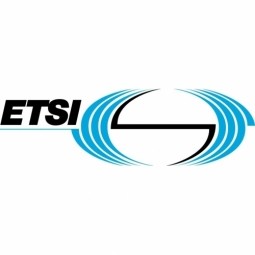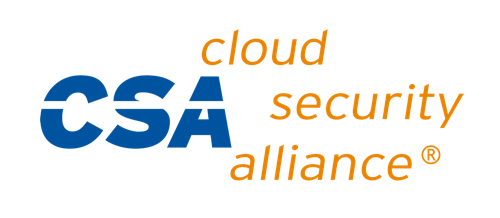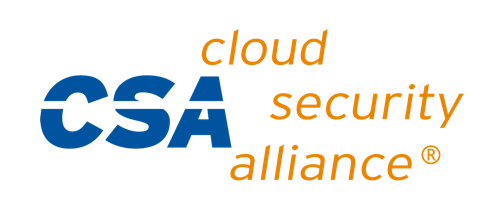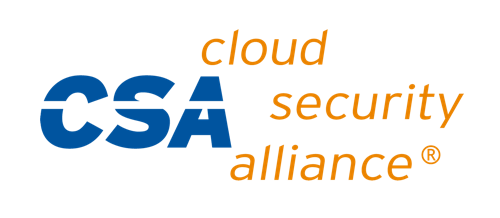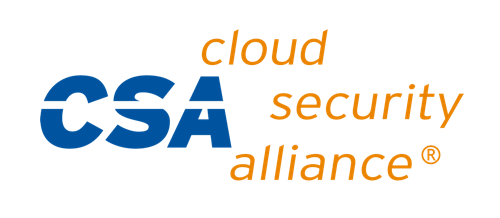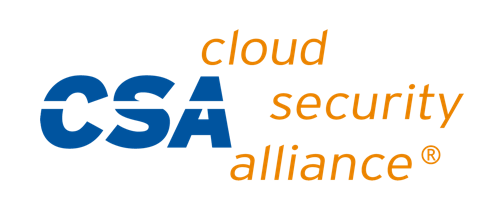Information technology -- Security techniques -- Code of practice for protection of personally identifiable information (PII) in public clouds acting as PII processors
This document establishes commonly accepted control objectives, controls and guidelines for implementing measures to protect Personally Identifiable Information (PII) in line with the privacy principles in ISO/IEC 29100 for the public cloud computing environment.
In particular, this document specifies guidelines based on ISO/IEC 27002, taking into consideration the regulatory requirements for the protection of PII which can be applicable within the context of the information security risk environment(s) of a provider of public cloud services.
This document is applicable to all types and sizes of organizations, including public and private companies, government entities and not-for-profit organizations, which provide information processing services as PII processors via cloud computing under contract to other organizations.
The guidelines in this document can also be relevant to organizations acting as PII controllers. However, PII controllers can be subject to additional PII protection legislation, regulations and obligations, not applying to PII processors. This document is not intended to cover such additional obligations.
The standard can be bought here: https://www.iso.org/standard/76559.html
The informative sections of this standard are publicly available here: https://www.iso.org/obp/ui/#iso:std:iso-iec:27018:ed-2:v1:en




